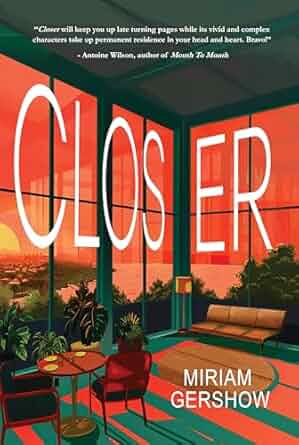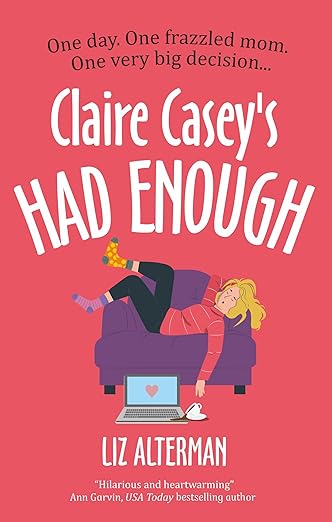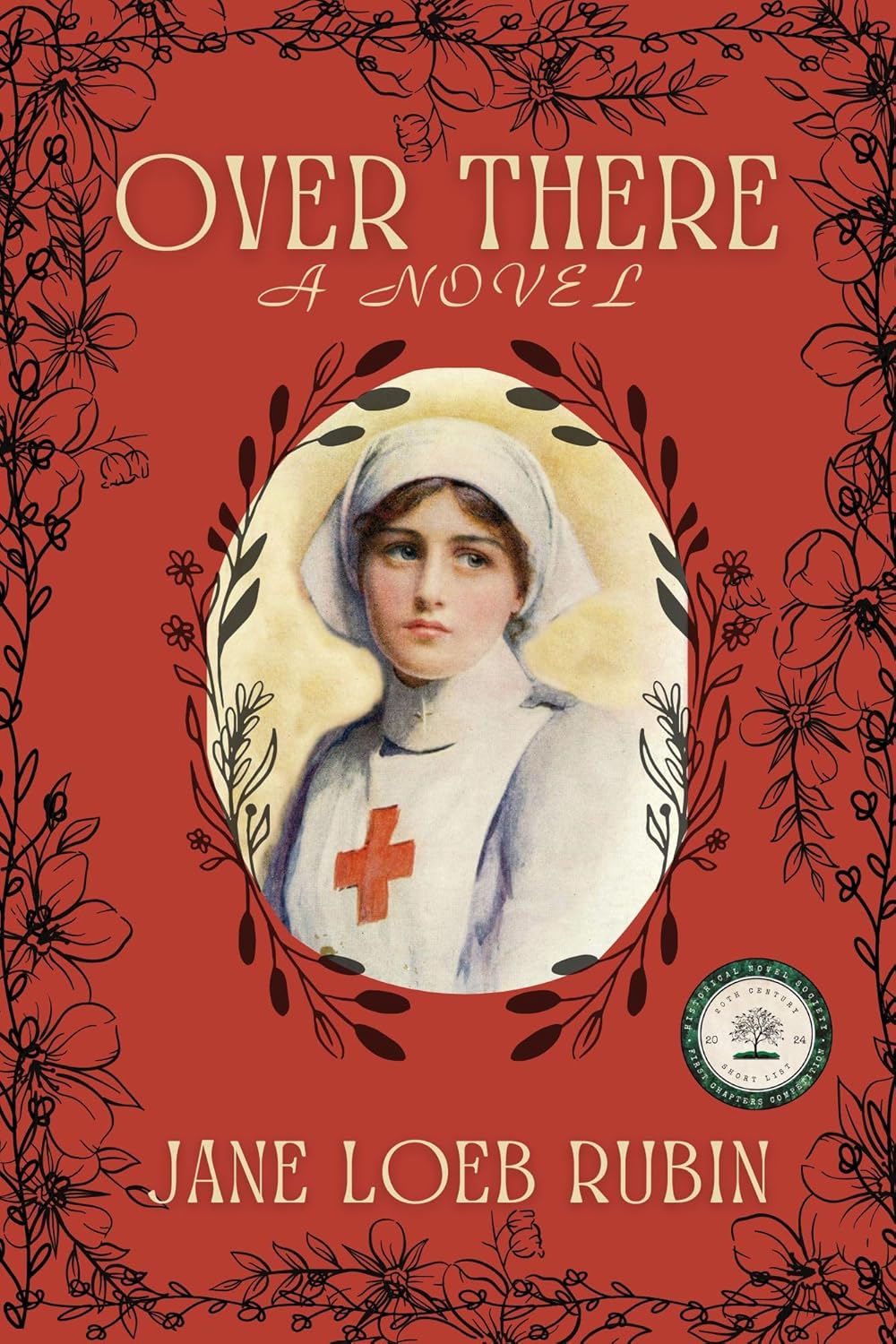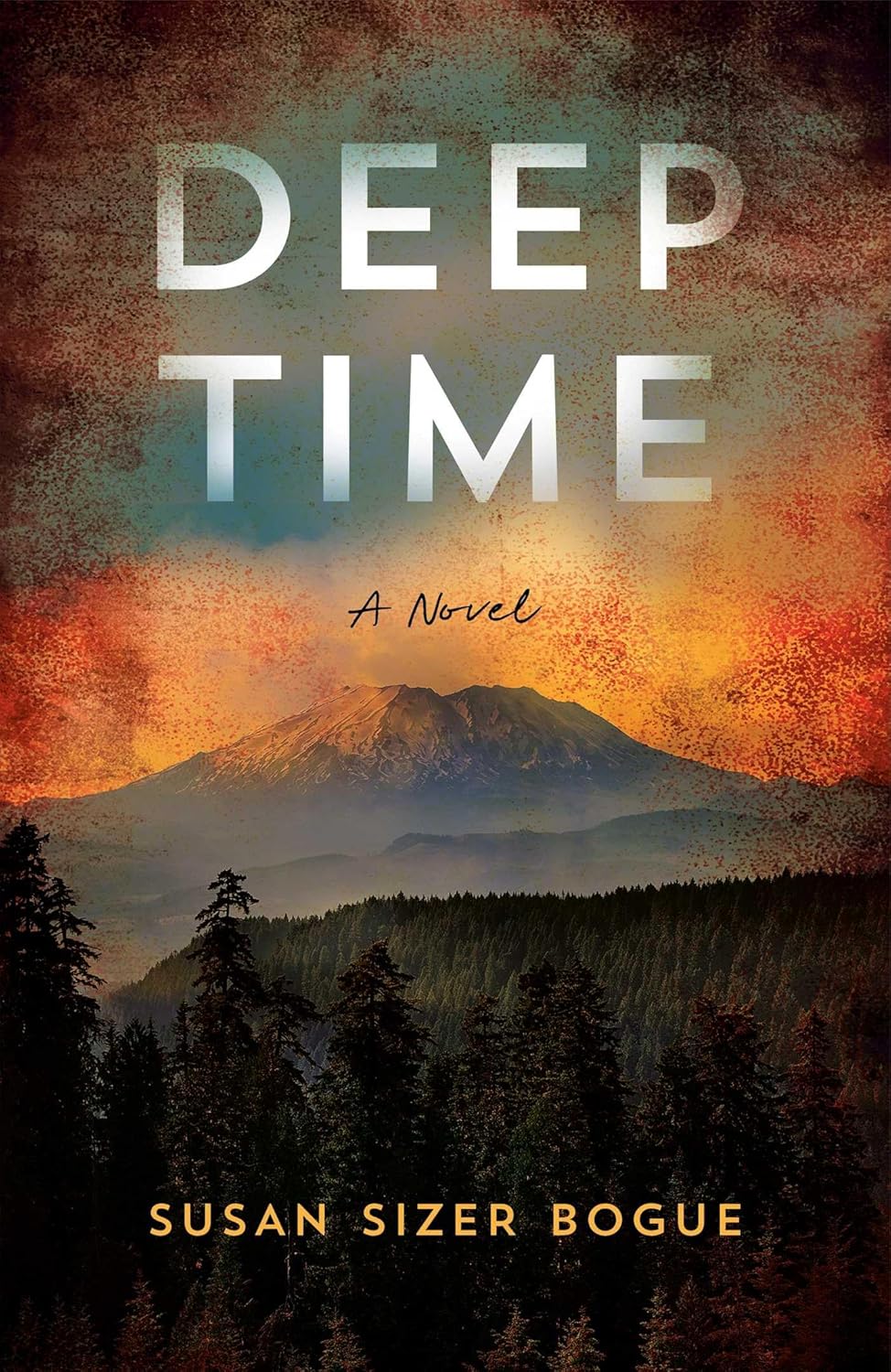In an Age of Medical Miracles, Gains Can Also Mean Loss
By Shelley Wood
Author of The Leap Year Gene of Kit McKinley
Two ideas were working on my subconscious with The Leap Year Gene of Kit McKinley. First, I was noticing the extraordinary measures people take to look and feel younger even as aging was taking its toll on me. I have been a life-long runner and dabbled in many other outdoor pursuits, so it’s been hard to let some of these go as my knees grow creakier and my bones and joints more cantankerous. The second: I had lost my mother to cancer, which hit me hard, particularly since she had led such an active and healthy life and should have lived another twenty years or more.
As I grieved, I realized how much I was dreading more of these inevitable goodbyes as age and illness caught up with other loved ones and family members. It struck me: if someone could successfully stay young, for all the reasons society tells us we should—our looks, athleticism, mental acuity, careers—she would then be in the heartbreaking position of remaining young while losing everyone she loves.
Out of that synergy came my novel’s protagonist, Kit McKinley. Born on the leap day in 1916, Kit is a sweet, funny, adventurous, too-smart-for-her-own-good child, who is “normal” in every way except that she grows older more slowly than everyone else. Her family has no way of knowing if she will one day “catch up,” or if she has something fundamentally wrong with her—a possibility that her mother Lillian, a botanist, desperately wants to understand. As this imaginary scenario started to take shape in my head, I realized, given our culture’s obsession with youth, Kit’s tightknit family would have to keep her seemingly endless childhood a secret by staying on the move.
Outside of my fiction writing, I work as a medical journalist and knew that for this novel to have depth and plausibility, I needed to apply my knowledge of medicine. My first novel, The Quintland Sisters, was also historical fiction, recounting the early years of the Dionne quintuplets. Born in May 1934, the Dionne “Quints” were the world’s first completely identical quintuplets to survive birth. These babies, however, were a gestational miracle, a genetic coincidence, not something hereditary.
For Kit McKinley, I decided I could invent a new, infinitely rare genetic condition—a leap year gene—which causes protracted aging. This fictional genetic glitch would let me tell a story about how our understanding of heredity has evolved over the last century, but also reveal the darker underbelly of genetics known as eugenics—society’s pseudo-scientific fascination with “perfecting” the human race and our pervasive fear of undesirable traits being passed from one generation to the next.
As a journalist, I love stumbling upon a topic that has been forgotten with the passage of time, and was surprised (and saddened) to learn that some of our most celebrated suffragettes, who fought fiercely for a woman’s right to vote, also believed in “racial hygiene” and the sterilization of “unfit” mothers. Many acclaimed politicians, scientists, and even some of our most revered writers (looking at you, D.H. Lawrence and Virginia Woolf) were also outspoken eugenicists.
In fact, the United States, England, and Canada all had eugenic sterilization laws in place long before Nazi Germany took this to its grotesque pinnacle, mandating the forced euthanasia of children with so-called undesirable traits. Many readers, like me, may be astonished to hear that Nazi doctors first trialed poisonous gas as a killing tool on children and adults with disabilities.
One hundred years after my novel opens, we are on the cusp of a genetic revolution. Scientists have successfully mapped the human genome. The world’s first approved gene therapy using CRISPR gene “scissors” can snip out an undesirable trait in someone suffering from otherwise incurable diseases.
Parents undergoing fertility treatments now have the choice of selecting out inferior genes from fertilized eggs before implantation. We know more every day about what can be gained or improved by altering our DNA, but far less about what we might lose. Through Kit’s agonizing choices, my novel offers a glimpse of the ways that altering genes could help millions of people suffering from rare inherited conditions, or parents wary of passing on a disease to a child. I hope my book is also a reminder that these advances all have echoes in eugenics.
Our genes may shape us, but they don’t ultimately determine our destiny: who we love and how we spend our limited days on earth. As we emerge from a global pandemic that managed to warp our sense of hours and days, we may ask ourselves: what is normal time? My book also asks: what is a normal human? And the hardest question of all: how much time can we hope to get with the people we love?
—
Shelley Wood is a versatile writer with a diverse portfolio showcasing both her fiction writing and medical journalism, which, when combined, resulted in THE LEAP YEAR GENE OF KIT MCKINLEY. Currently settled in British Columbia, Canada, Wood achieved significant acclaim with her 2019 novel, The Quintland Sisters, which soared to bestseller status.
THE LEAP YEAR GENE OF KIT MCKINLEY
 An inspired, sweeping, historical epic tracing the remarkable life story of a baby girl born on leap year day who grows one year older every four years. The Leap Year Gene imagines the fascinating life of Kit McKinley from WWI up to the present day, told through the voices of Kit and her family members, whose lives are forever altered by her secret.
An inspired, sweeping, historical epic tracing the remarkable life story of a baby girl born on leap year day who grows one year older every four years. The Leap Year Gene imagines the fascinating life of Kit McKinley from WWI up to the present day, told through the voices of Kit and her family members, whose lives are forever altered by her secret.
“A capriciously imagined historical epic that captures the essence of a century through the remarkable life of Kit McKinley. . . . Wood deftly weaves genetic discovery and society’s fascination with eugenics into a highly unique, engrossing tale of love and family.”
—Cathy Marie Buchanan, New York Times bestselling author of The Painted Girls
February 29, 1916: After an unusually long pregnancy, Lillian McKinley, whose husband has been killed in the war, gives birth to a baby girl on Leap Year Day. Kit proves to be a happy and intelligent child, but unnaturally slow to age. For decades, she and her family must keep on the move to protect her secret—from insatiable newshounds, Nazi scientists, doctors, and pharmaceutical companies. When Kit at last can pass for an adult, she must decide whether she wants to stay perpetually on the run or form lasting ties. Ultimately, once the human genome is mapped and research on altering it begins, she’ll need to make some difficult choices about the strange quirk in her DNA that has made her who she is.
Perfect for fans of Kate Atkinson’s Life After Life and Audrey Niffenegger’s The Time Traveler’s Wife, The Leap Year Gene is a race through the past century’s burgeoning understanding of genetics, eugenics, and what constitutes “normal,” while exploring the tensions, love, and sense of duty that can bind families together or split them apart.
BUY HERE
Category: On Writing






























